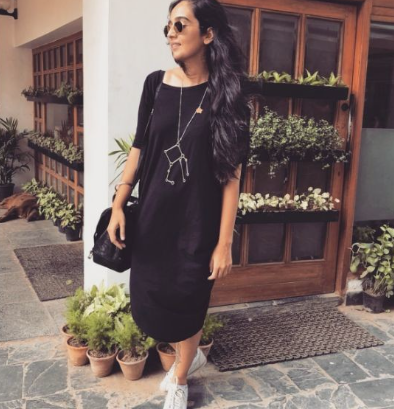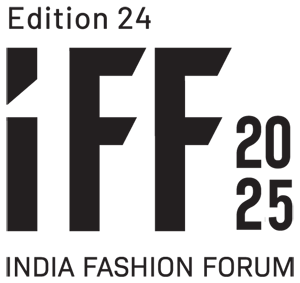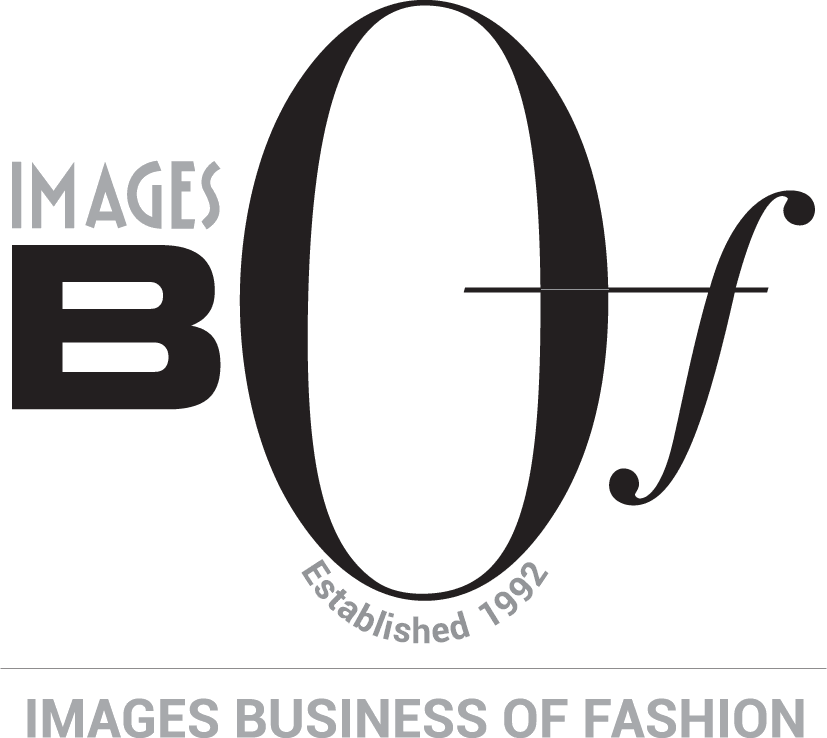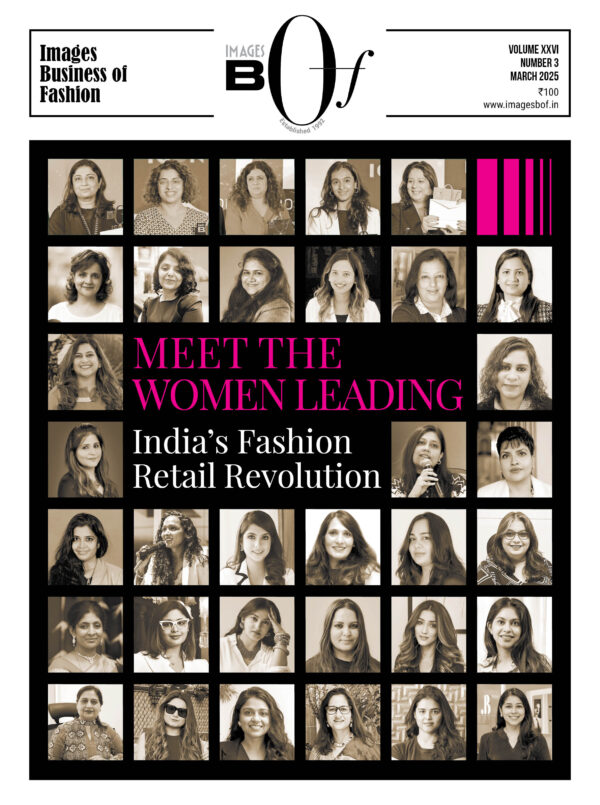For the longest time, women have been confined to pre-decided standards and stereotypes of beauty. Notions on what the ‘ideal’ type of body should be and why it should be glorified had contorted the way women perceived themselves for decades, if not longer. Those were the days when designer clothes and runway trends were held supreme; meant to be flaunted only by those who fit a rather small bracket on the universal size chart.
Today, however, times have changed – thanks to the ever-growing influence of social media; people are more out, open, aware and accepting of different body shapes and sizes. In today’s world, women prioritize their identities over fleeting trends. They recognize that their bodies are not hurdles or obstacles to overcome; rather, it is the brands that fail to accommodate them that need to adapt and evolve.
This increasing support and interest in body positivity has brought about revolutionary changes in the fashion industry. It has pushed brands to explore further and increase their offerings in terms of sizes, along with redefining what was once considered fashion’s ‘normal’.
Plus-size fashion has grown rapidly enough to even impact mainstream, international trends. As a result, brands like aLL, Mustard, H&M, Forever 21, Mango and leading D2C brands like ASOS have broadened their size range to reciprocate to what women truly need and how they wish to be represented in the fashion industry at large.
What Research Says
For decades, plus-sized fashion was extremely under-represented all around the world, with only a few unrecognized companies manufacturing clothes for this section. According to a market report by Research & Markets, the plus-size market for women, valued at $480,991.8 million in 2019, is now projected to reach $696,712.1 million by 2027. Projections such as these mark plus-size fashion no longer as a fad, but instead, as a serious apparel category with huge demands and gains for retailers.
In India too, retailers are embracing change and fostering women’s representation. Several outstanding brands now cater to plus-size fashion. Three brands and their incredible founders stand out for their perspective on inclusive fashion and innovative business models.
Inclusivity Policy: A Brand Strategy
Rixi Bhatia, Co-Founder & Designer at Half Full Curve talked about her idea of inclusivity as a plus-size friendly brand and gave insights into what the market size of the range looks like.
She said, “Half Full has always been a body-positive label, emphasizing the ideology, ‘you are so much more than a number’. Fashion brands being size-inclusive will certainly help  change society’s false beauty standards. Customers are of varied sizes, and fashion should cater to all, and not be size-specific. I think right now, the market size of this range is somewhere between 10 -15%. This is changing, but it is a slow change.”
change society’s false beauty standards. Customers are of varied sizes, and fashion should cater to all, and not be size-specific. I think right now, the market size of this range is somewhere between 10 -15%. This is changing, but it is a slow change.”
On her retail strategy in plus-size fashion she added, “Our label was envisioned to create luxury clothing suitable for curvier body types, which would be in sync with global trends as well. The curvy fashion market has always existed, but it retailed clothing that was conservative or non-stylish. We do not differentiate in designs amongst sizes; we believe all body sizes are entitled to the same fashion and style options.”
“When we shoot our marketing campaigns, we work with real people or non-models of varied sizes, age and skin types, to promote the idea that fashion is for all with no discrimination. We also have standard pricing across all sizes. We do not charge extra for any size and we do not have restrictions on our sizes either – be it small or curvy,” she further explained.
Kriti Tula’s Doodlage, India’s first fashion label that is entirely committed to up-cycling and recycling fabrics, is also a renowned size-inclusive retailer.
Talking about her business strategy and revenue generated from plus-size wear, Tula, who is Co-Founder & Creative Director, Doodlage, said, “In this domain, being size inclusive or not, is a business decision for a brand as it depends on how you want to use your funds, what your target market is and what your supply chain looks like. For us, we intentionally maintain a small in-house unit to make custom sizes. When a brand has smaller budgets to invest in building inventory they try to create a larger number of pieces in a smaller size set.”
what your target market is and what your supply chain looks like. For us, we intentionally maintain a small in-house unit to make custom sizes. When a brand has smaller budgets to invest in building inventory they try to create a larger number of pieces in a smaller size set.”
Talking about how her brand approaches pricing for plus-size clothing in comparison to standard-sized ones, she said, “As of now we have price parity across sizes. But as we engage with new production partners it will get more difficult to average out prices across sizes. This is because fabric consumption in larger sizes (due to limitations in the width of the fabric) is considerably more. For small and medium bootstrapped brands it is harder to absorb this cost. However, most clients have not raised concerns for these price differences when it comes to taking custom orders so far.”
Udita Bansal, founder of trueBrowns established her brand in 2019 to embark on a mission to cater to the diverse needs of women, so they feel rest assured of having the perfect fit, unburdened by size limitations or apprehensions.
Speaking to us about her unique brand and the market gap it addresses, she said, “We take immense pride in our extensive size range, spanning from 2XS to 6XL, extending our  embrace to empower women everywhere. trueBrowns exists to fulfill the market need for a culturally relevant brand that intertwines traditional aesthetics with modern sensibility. We believe that style is for all, no matter what the size is.”
embrace to empower women everywhere. trueBrowns exists to fulfill the market need for a culturally relevant brand that intertwines traditional aesthetics with modern sensibility. We believe that style is for all, no matter what the size is.”
A brand’s value proposition is crucial for its long-term success, no matter what that segment within retail is. For a higher customer return rate, a brand needs to be very specific about what it offers and why it promotes those offerings.
Udita Bansal spoke about her brand’s USP and marketing strategy saying, “trueBrowns is devoted to targeting the needs of women looking for affordable and practical day-to-day clothing. Our attire is meticulously made, adding valuable style components such as pockets, easy silhouettes, and pre-draped ensembles to ensure stress-free and comfortable clothing. We aim to differentiate our brand from our competitors by creating a design philosophy that is inclusive and focuses on India’s cultural heritage.”
Revenue Projections
For inclusive brands that cater to all sizes, many questions come to the surface. The top ones are – does plus-size clothing generate more revenue than standard sizes? And, what is the specific percentage of revenue generated through the sales of plus-size clothing alone?
According to Bansal, larger sizes currently constitute around 22% of trueBrowns’ total sales. “We aim to achieve a 5-6% growth in this segment over the next few years and normalize these sizes in the market. In terms of pricing as well, our pricing remains unchanged irrespective of the size.”
Kriti Tula added, “For our brand, at least 30% of our orders are in sizes above XXL, which contributes to 30% of our revenue from that range alone.”
The Future is Inclusive
Many up-coming and growing plus-sized labels are D2C retailers. Some plan to foray into the offline brick-and-mortar world, while others approve of D2C as the fastest-growing medium to gain popularity and generate revenue.
On future plans for her brand, Rixi Bhatia said, “We have just launched our new studio which is a retail space for customers to physically come in and try our collections, and purchase them off the rack. In addition, we are soon launching a sub-label, with art prints created in-house, for a resort wear line.”
Kriti Tula said that Doodlage has been creating custom-size clothing for years but eventually decided to increase the sizes it offers because demand increased. “Women come in all shapes and sizes and we too are now embracing the same! I couldn’t have been more excited and happy to be a part of their journey of self-love in whatever way we can.”
“The demand for inclusivity won’t stop and we need more people to know about the sizes we carry and create body-positive content. Step one was for us to ensure size inclusivity across the brand,” she added.
Sustainability Matters
With sustainability being all that fashion retailers can talk about today, most brands are carefully treading the line to not upset eco-conscious buyers and to play their part in keeping the environment clean.
Speaking about sustainable practices in her company, Rixi Bhatia said, “We upcycle our leftover fabric scraps to create a brand new fabric, which then is used to make garments. For the unsold garments, we upcycle them to create a new garment altogether. We are trying to reduce fabric waste as much as we can.”
As a brand that champions sustainable practices and is a leading example for many budding businesses Kriti Tula, also spoke about Doodlage’s roles and initiatives in the field saying, “At Doodlage we upcycle factory waste to create limited-edition collections. We also work with recycled materials that are handwoven by artisans in India and we have recently started exploring alternate materials like locally sourced bamboo rayon, bemberg, organic cotton etc. Everything we waste is used to make small accessories, paper for our packaging and stationery. We work with fair wage factories, NGOs, and social enterprises to create our collections in small batches.”
Udita Bansal added that trueBrowns is dedicated to conscious shopping and slow fashion and goes to great lengths to minimize its environmental impact, such as creating new designs using scrap fabrics and sourcing sustainable materials from government-certified vendors that operate in sustainable zones.
“The brand’s commitment to sustainability extends beyond production methods to include circular fashion practices as well. trueBrowns’ ‘Relove’ platform allows customers to resell the brand’s garments, promoting longer product life cycles and reducing textile waste. One of the brand’s key sustainability initiatives is the creation of fabrics that are designed to be worn at least 30 times, promoting mindful consumption habits and reducing carbon, water, and waste footprints,” she concluded.



